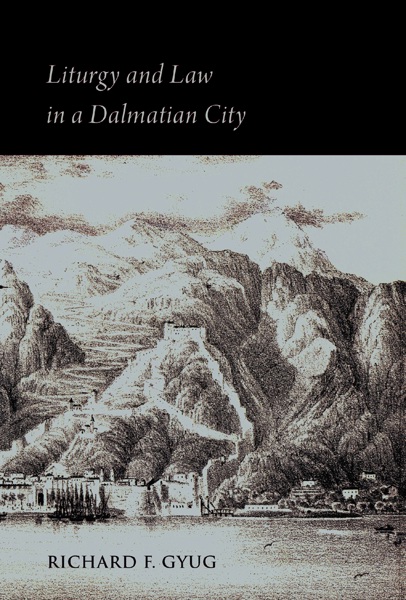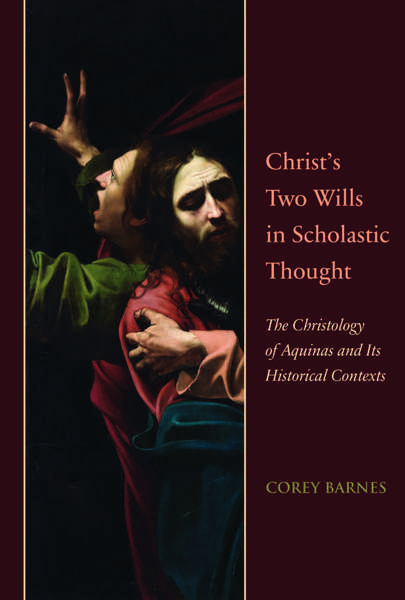
Liturgy and Law in a Dalmatian City
The Bishop’s Book of Kotor (Sankt-Peterburg, BRAN, F. no. 200)
Richard F. Gyug
- Pages: 640 p.
- Size:150 x 230 mm
- Illustrations:6 b/w, 6 col.
- Language(s):English
- Publication Year:2017
- € 115,00 EXCL. VAT RETAIL PRICE
- ISBN: 978-0-88844-204-8
- Hardback
- Available
The manuscript that is the subject of this study and edition, Sankt-Peterburg, Biblioteka Rossijskoi Akademii Nauk, F. no. 200, constitutes a rich source for the study of the society and culture of the southern Dalmatian coast. The major parts of the manuscript were written in Beneventan script in the mid-twelfth century, perhaps for the dedication in 1166 of the new cathedral of Kotor in southern Dalmatia, now Montenegro. The core of the manuscript, which contains a lectionary with epistles and gospels for major feasts of the liturgical year and a pontifical with ceremonies proper to a bishop, functioned as a liturgical compendium for the use of the cathedral and bishop of Kotor. Two gatherings of sermons were added to the codex, likely in the early thirteenth century, and ecclesiastical documents and communal statutes were copied in the margins and on blank pages.
The contents of the manuscript and its layers of composition reveal a complex history of civic development, cultural interactions and liturgical creativity. The Lectionary preserves conservative practices typical of the Beneventan region; the Pontifical re-works liturgical and canonical materials from Rome, southern Italy, Norman Sicily and further afield in unique ways that became a local model for copying at least one later pontifical; the sermons are unusual new texts; and the documentary additions, which are among the earliest statutes in Dalmatia, shed light on the history and legal development of the city and region.
Transcriptions of the manuscript’s lectionary, pontifical, sermons and statutes are accompanied by a critical apparatus and an apparatus of parallel citations. The volume is prefaced by a comprehensive historical introduction that provides an extensive history of Kotor and its church, as well as a codicological analysis of the manuscript and discussion of its contents, with particular focus on the sources of the liturgical and canonico-liturgical items and their arrangement.


